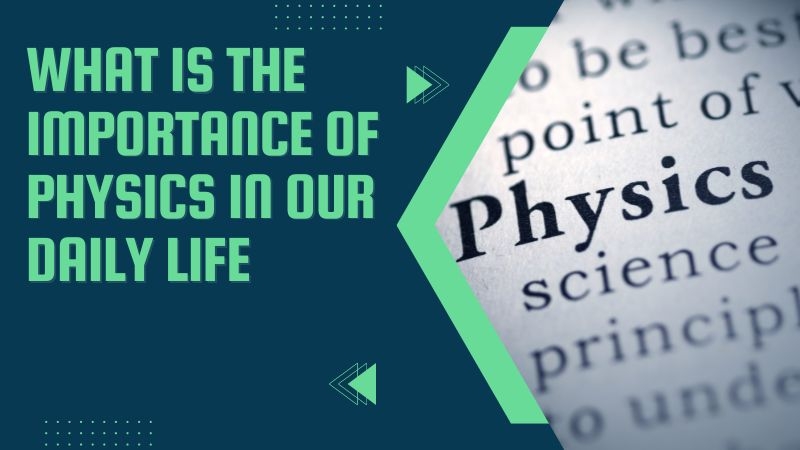Flying an Aeroplane
For an aeroplane to fly, these four forces - weight, lift, drag, and thrust - must be balanced properly. Aerodynamics is the study of these forces within physics. Aerodynamics is simply the movement of air around objects. As a result, anything that moves through air (e.g., planes, birds, kites, cars) is affected by aerodynamics.
Note: If you are a student and struggling with your Physics Projects, then you can get the best Basic Importance of Physics Topics from our experts.
Everything on Earth has weight, which is caused by gravity pulling objects down. Lift is the opposite of weight and is the push that allows something to move up. Drag is a force that attempts to slow down something by making it difficult for an object to move. The more air that strikes a surface, the greater the drag.
Driving a Car
Cars rely on physical laws to function. It would be impossible to start, move, stop, or change the direction of a car without natural forces such as inertia, gravity, friction, and energy. The interaction of these forces with the car can also be influenced by the car's design.
Gravitational Force
Gravity pulls the car into the earth's core. When driving or parking on a slope, the downward pull of gravity will affect the car's speed. When driving uphill, the car slows down; when driving downhill, the car speeds up.
Energy and potential energy
The amount of kinetic energy in your car determines how easy it is to slow or stop. This has an effect on braking distance and impact force in collisions, where these phenomena are based on Newton's three laws of motion, which are related to inertia, the force of a moving object, and the law of action and reaction.
Friction
Friction is the resistance that two contacting surfaces experience as they slide against each other; it is also known as traction for the friction between car tyres and the road. For the car to move safely and the driver to steer effectively, the traction force must be high. Friction is also required when braking. The brakes must absorb the kinetic energy of the vehicle in order to slow or stop it.


